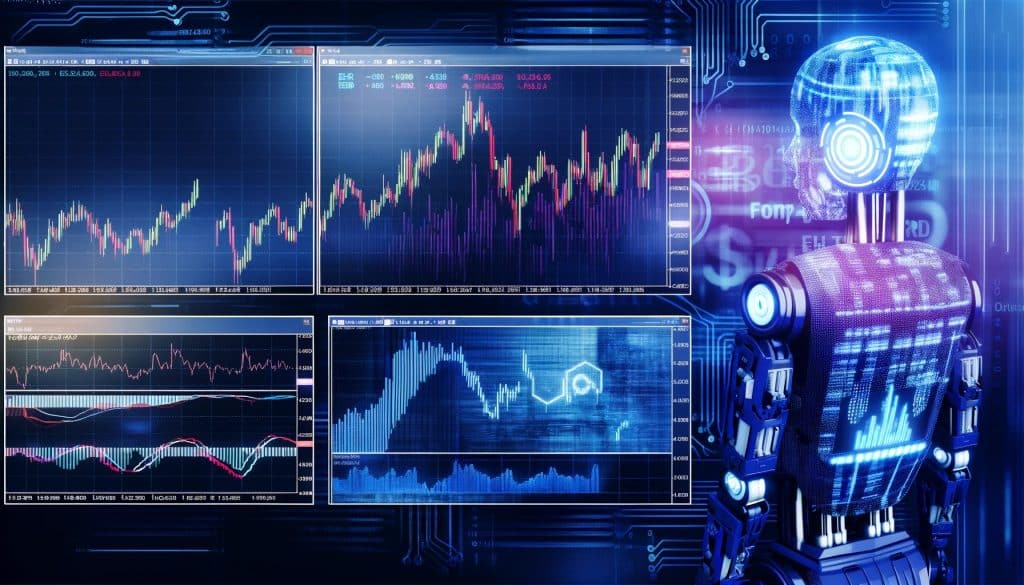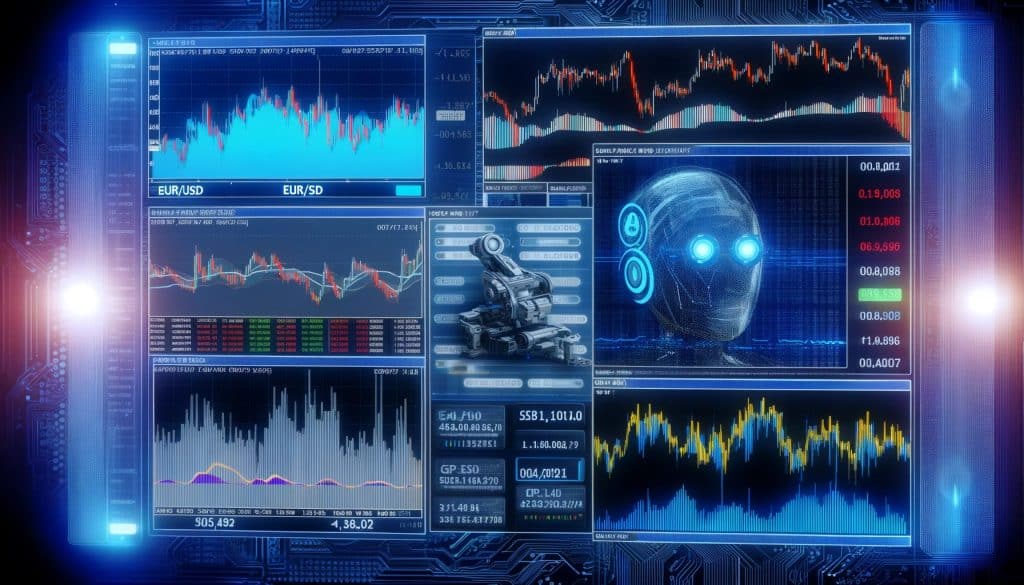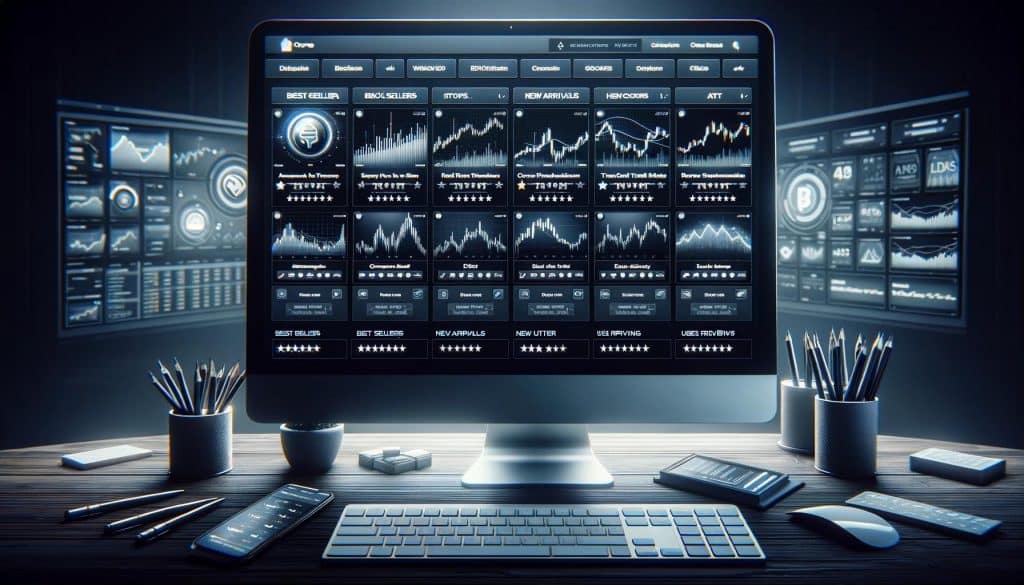In the fast-paced world of financial markets, automated trading has become a staple for both institutional and retail traders, offering a way to execute trades based on predefined criteria without constant manual oversight. However, the foundation of a successful automated trading strategy lies in its ability to perform under various market conditions. This necessity brings backtesting to the forefront of strategy development. Backtesting automated trading strategies involves simulating these strategies using historical market data to predict their future performance. Through a detailed exploration, this post aims to unfold the complexities of backtesting, providing examples and emphasizing its critical role in ensuring the robust performance of automated trading strategies.
Understanding Backtesting in Automated Trading
What is Backtesting?
Backtesting is the cornerstone of developing automated trading strategies. It allows traders to apply their strategies to historical market data to evaluate how well the strategy would have performed in the past. This process helps identify potential weaknesses, optimize strategy parameters, and build confidence in the strategy’s viability before it is executed in real-time trading.
The Critical Role of Historical Data
Effective backtesting hinges on the use of high-quality, comprehensive historical data. This data should span a variety of market conditions, including different market cycles, volatility levels, and economic events, to ensure the strategy is tested against a broad spectrum of scenarios.

The Process of Backtesting Automated Trading Strategies
Establishing a Backtesting Environment
The first step in backtesting is creating an environment that closely mimics real market conditions. This involves choosing suitable backtesting software, ensuring the historical data is precise and exhaustive, and accurately defining the parameters of the trading strategy.
Selecting Appropriate Tools and Software
The choice of tools and software is pivotal for conducting meaningful backtesting. Platforms such as MetaTrader, TradingView, QuantConnect, and Backtrader offer diverse functionalities tailored to different levels of complexity and user experience in automated trading strategy development.
Example: Backtesting a Mean Reversion Strategy
Consider an automated trading strategy based on mean reversion, where trades are initiated when the price deviates significantly from its historical average, suggesting a potential reversal. To backtest this strategy, one would use historical price data, applying the strategy’s criteria to assess performance across various market conditions. The backtesting process might reveal the need for dynamic adjustment of parameters like the definition of significant deviation based on market volatility, enhancing the strategy’s effectiveness.

Analyzing Backtesting Results
Evaluating Key Performance Indicators
After conducting a backtest, it is crucial to analyze the results meticulously. Key performance indicators such as profit factor, maximum drawdown, and return on investment provide insights into the strategy’s potential profitability, risk, and efficiency.
Guarding Against Overfitting
Overfitting represents a significant risk in backtesting, where a strategy is fine-tuned to excel in historical data but fails to perform in live markets. This issue arises when the strategy is overly complex, tailored to specific past conditions rather than based on robust trading concepts applicable to future conditions.
Optimizing Automated Trading Strategies through Iterative Backtesting
The Importance of Ongoing Optimization
The financial markets’ dynamic nature necessitates the continuous optimization of automated trading strategies. Iterative backtesting and refinement help adapt the strategy to new market conditions, ensuring sustained effectiveness and relevance.
Example: Enhancing the Mean Reversion Strategy
Subsequent backtesting iterations of the mean reversion strategy might incorporate a volatility index filter to gauge market conditions, adjusting entry and exit points based on current market volatility. This iterative process of refinement, guided by backtesting results, can lead to a more robust and adaptable trading strategy.

Best Practices in Backtesting Automated Trading Strategies
Adopting a Comprehensive Backtesting Framework
Implementing a thorough backtesting framework is essential for achieving reliable outcomes. This framework should simulate realistic trading conditions, including factors like transaction costs, slippage, and market impact, to align backtesting results with expectations from live trading.
Leveraging Expertise and Tools
For those less experienced in coding or backtesting, consulting with industry experts or utilizing professional backtesting services can offer valuable insights and guidance, ensuring the development of effective and reliable automated trading strategies.
Conclusion
Backtesting plays an indispensable role in the creation and optimization of automated trading strategies. By allowing traders to test their strategies against historical data, backtesting provides a risk-free environment to refine these strategies, ensuring they are capable of performing under a wide range of market conditions. Adhering to best practices in backtesting, including the use of quality data, proper tools, and continuous strategy optimization, traders can significantly enhance the robustness and performance of their automated trading systems.
In the ever-evolving landscape of the financial markets, the importance of backtesting automated trading strategies cannot be overstated. Through diligent application and analysis of backtesting results, traders can develop strategies that are not only profitable but also resilient, positioning them well to capitalize on the opportunities presented by the dynamic nature of the markets.

FAQs on Backtesting Automated Trading Strategies
What is backtesting in automated trading?
Backtesting in automated trading is the process of testing a trading strategy using historical data to determine how it would have performed in the past. This method allows traders to evaluate the effectiveness and potential profitability of a strategy before applying it to live markets.
Why is backtesting important for automated trading strategies?
Backtesting is crucial because it helps identify potential flaws in a trading strategy, allowing traders to make necessary adjustments before risking real money. It also provides insights into the strategy’s risk and return profile, helping traders understand its behavior under various market conditions.
Can backtesting guarantee future profits?
No, backtesting cannot guarantee future profits. While it is a valuable tool for evaluating a strategy’s past performance, market conditions constantly change, and past performance does not necessarily predict future results. However, it can significantly enhance a strategy’s success rate by identifying and eliminating weaknesses.
What are the key components of effective backtesting?
Effective backtesting involves several key components, including high-quality historical data, a clear definition of the trading strategy and its rules, accurate simulation of trading conditions (including transaction costs and slippage), and a comprehensive analysis of the backtesting results using performance metrics.
How do I avoid overfitting my trading strategy during backtesting?
To avoid overfitting, it’s important to keep your strategy simple and based on solid, understandable trading principles. Use out-of-sample data for testing, and avoid optimizing the strategy excessively to fit historical data perfectly. Additionally, validate your strategy by backtesting it over different time periods and market conditions.
What software can I use for backtesting automated trading strategies?
There are several software options available for backtesting automated trading strategies, including MetaTrader (MT4/MT5) for forex and CFDs, QuantConnect for a wide range of asset classes, and TradingView for a web-based option. The choice of software depends on the specific needs, preferences, and technical skills of the trader.
How often should I backtest my automated trading strategy?
You should backtest your automated trading strategy regularly, especially if there are significant changes in the market conditions or if you have made adjustments to the strategy’s parameters. Continuous backtesting ensures that the strategy remains relevant and effective in current market environments.





